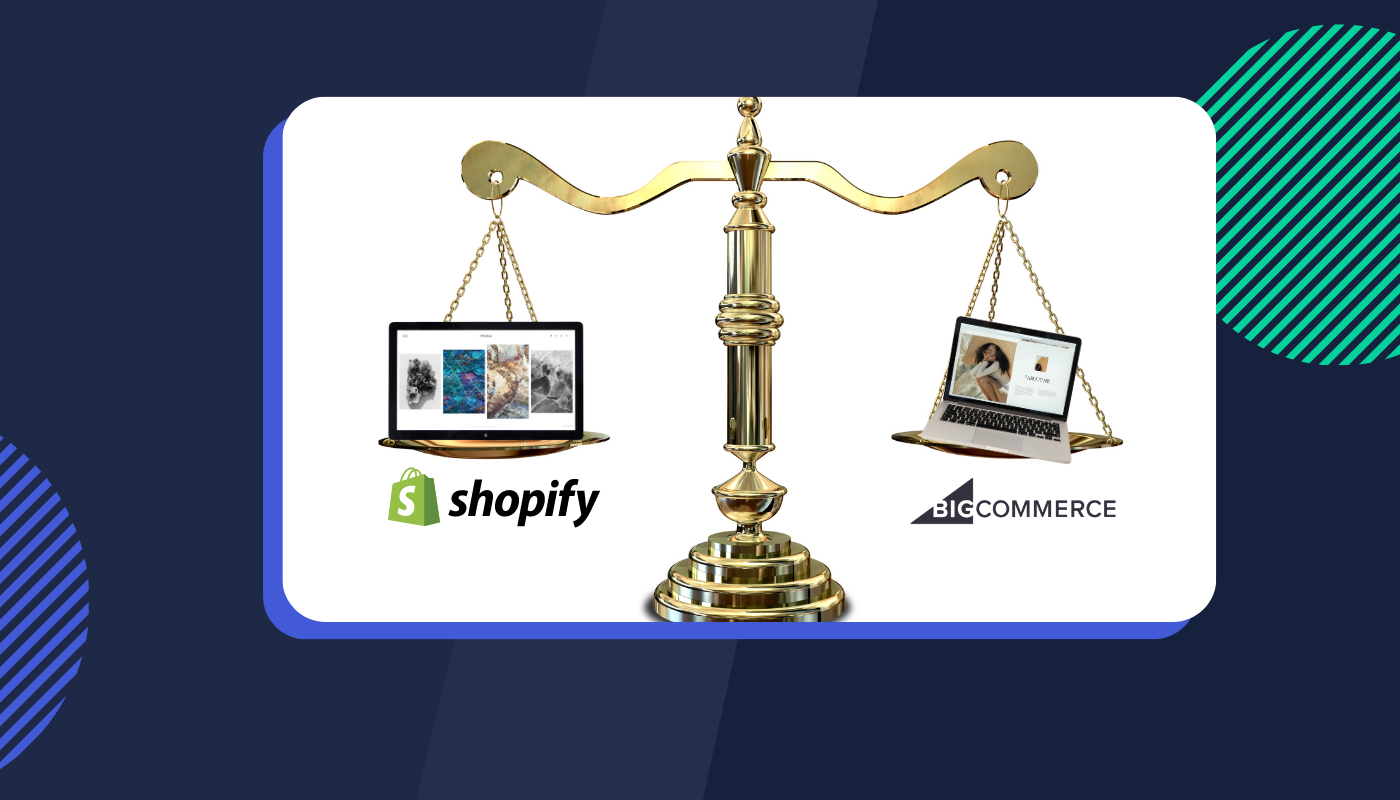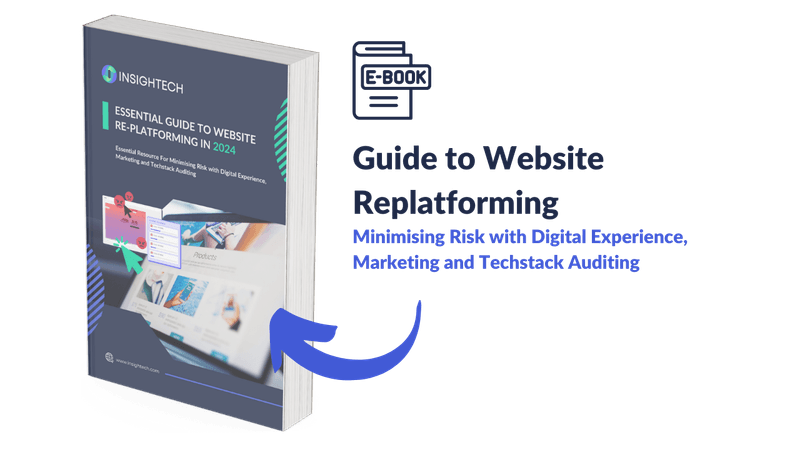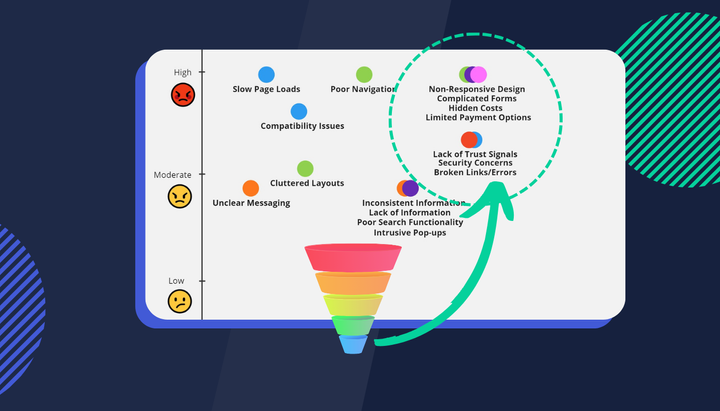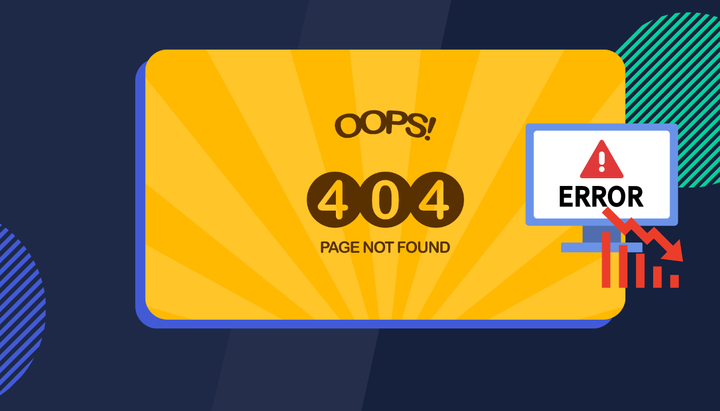What is Website Re-platforming?
Explore the essentials of website re-platforming in our latest blog. Learn why it's crucial for modern businesses, understand the process, challenges, and benefits, and discover how to keep your digital presence competitive and scalable in 2024.

For businesses, keeping pace often means making significant changes to their digital assets, including their websites. This is where the concept of website re-platforming comes into play. But what exactly is website re-platforming, and why is it important for businesses today?
Understanding Website Re-platforming
Website re-platforming is the process of moving a website from one platform or content management system (CMS) to another. This change is not just about redesigning the website's appearance; it's about enhancing its functionality, performance, and scalability to meet the evolving demands of the digital world.
The Need for Re-platforming
Several factors drive the need for re-platforming:
- Legacy Systems: Older systems may become cumbersome, expensive to maintain, and unable to support new features or integrations.
- Performance and Scalability: As businesses grow, their websites must be able to handle increased traffic and provide a seamless user experience.
- Integration Capabilities: Modern businesses require their websites to integrate smoothly with various third-party services and internal systems.
- Cost-Effectiveness: Over time, maintaining an outdated platform can become more costly than migrating to a more efficient, cloud-based solution.
Re-platforming vs. Other Modernisation Strategies
Re-platforming is often confused with similar concepts like rehosting or refactoring. However, it's distinct in its approach:
- Rehosting involves moving the website to a new infrastructure with minimal changes.
- Refactoring means optimising and restructuring the code during the migration process.
- Re-platforming strikes a balance by transferring the core functionality to a new platform with some degree of reshaping, but without a complete overhaul.
The Process of Re-platforming
The re-platforming process typically involves:
- Assessment: Identifying the goals and requirements for the new platform.
- Platform Selection: Choosing a platform that aligns with the business's current and future needs.
- Migration: Transferring data, content, and functionality to the new platform.
- Testing: Ensuring the new platform functions correctly and meets performance benchmarks.
- Deployment: Launching the new platform and monitoring its performance.
Free eBook: Comprehensive guide to navigating the complex process of website re-platforming.

- Identifying Limitations of the Current Platform
- Aligning Re-platforming Goals with Business Strategy
- Conducting a Comprehensive UX, Marketing and Tech Audit
- Questions to consider when analysing your site’s digital experience
Challenges and Considerations
Re-platforming can be a complex process, involving challenges such as:
- Data Migration: Ensuring data is transferred accurately and securely.
- Downtime Management: Minimising the impact on website availability during the transition.
- User Training: Acclimating staff to the new system.
- Cost Management: Balancing the investment in new technology with expected returns.
The Benefits of Re-platforming
Despite the challenges, the benefits of re-platforming are significant:
- Improved Performance: Enhanced speed and user experience.
- Scalability: Ability to grow and adapt to increased demand.
- Enhanced Security: Modern platforms often offer improved security features.
- Better Integration: Seamless integration with modern tools and services.
- Cost Savings: Long-term reduction in maintenance and operational costs.
Conclusion
Website re-platforming is a crucial step for businesses looking to stay competitive in the digital landscape. By moving to a more modern, efficient, and scalable platform, companies can ensure their online presence meets the high standards of today's tech-savvy consumers and is poised for future growth.



